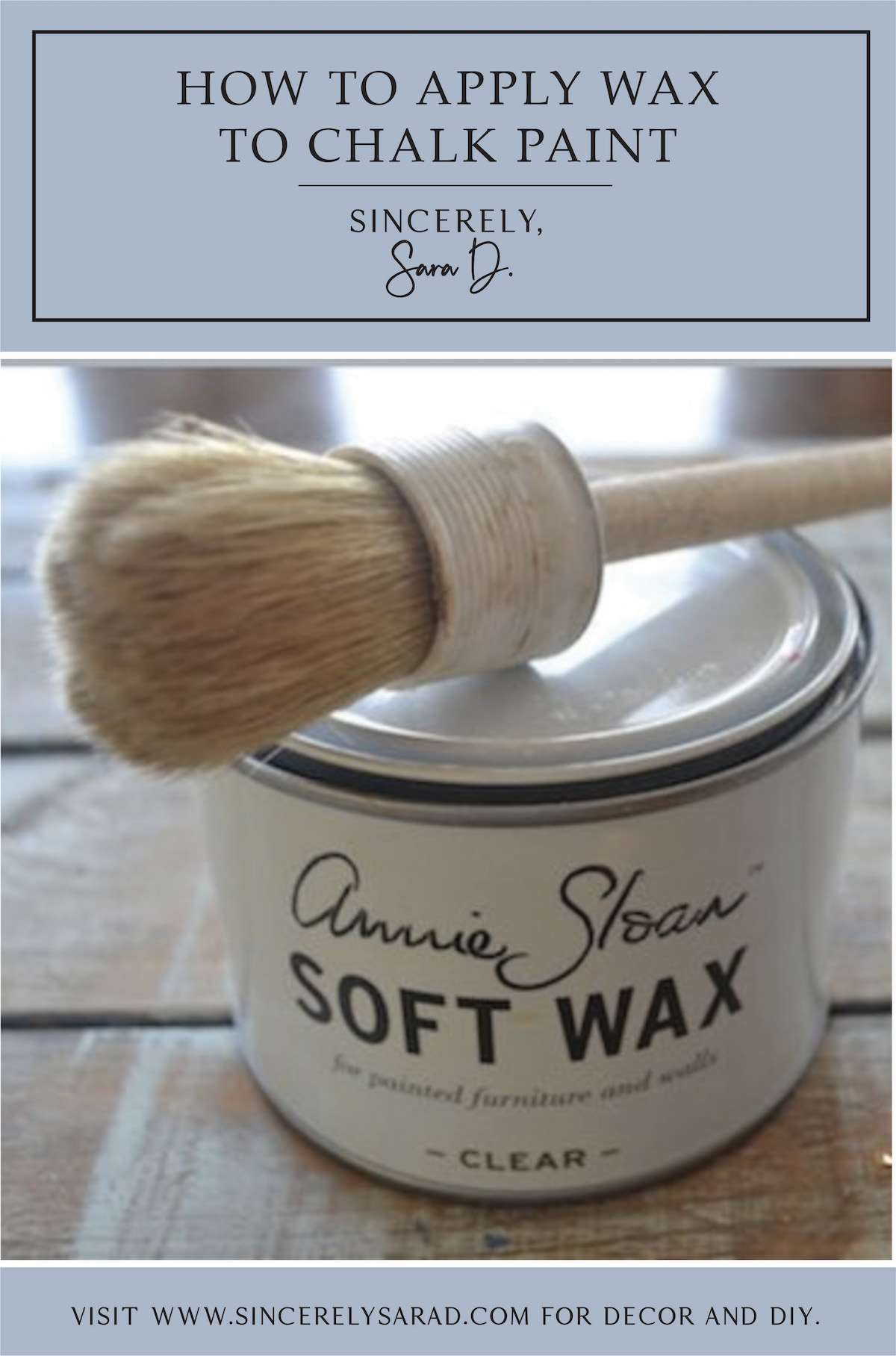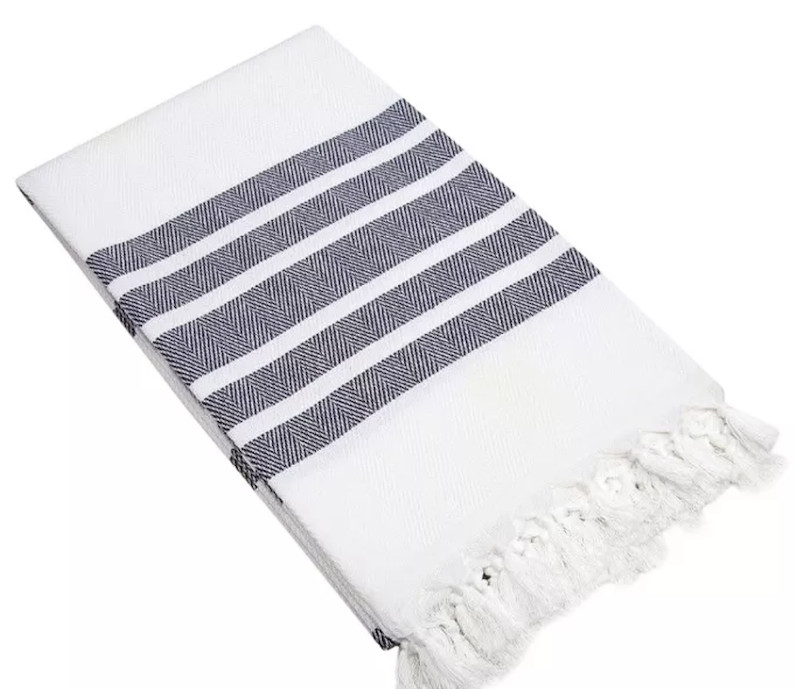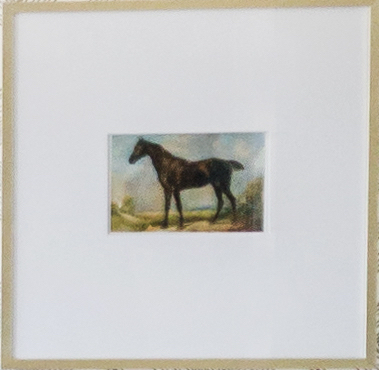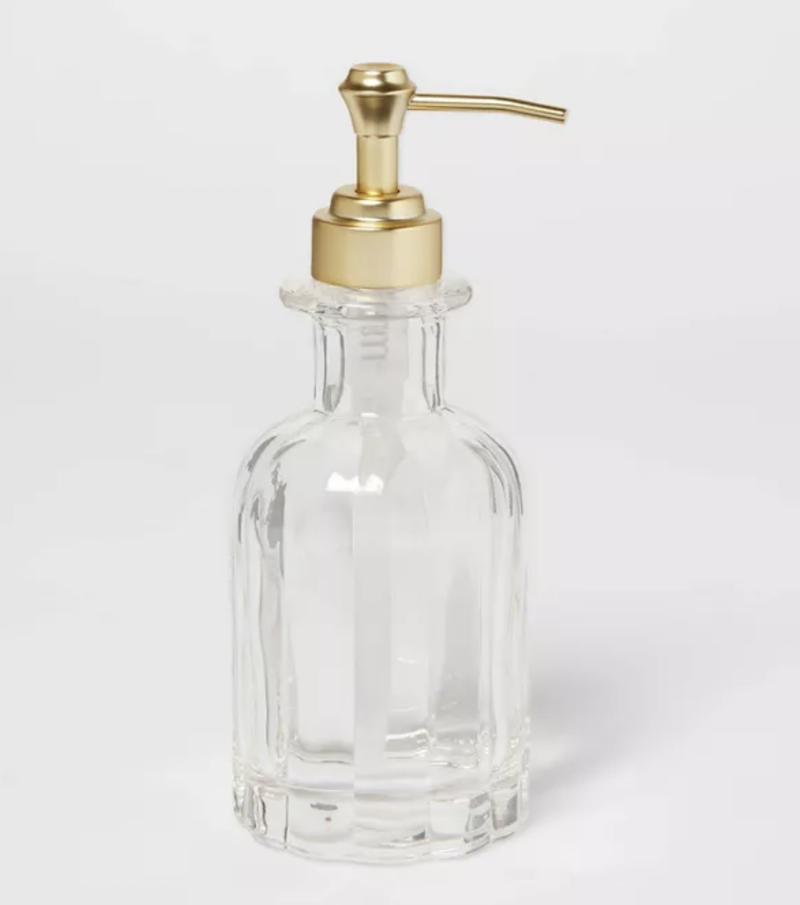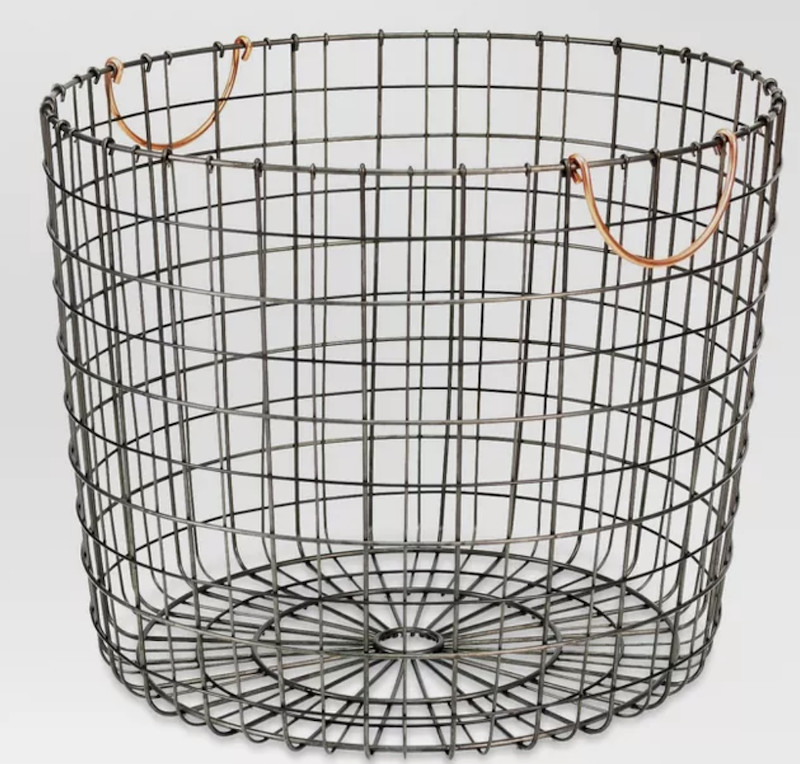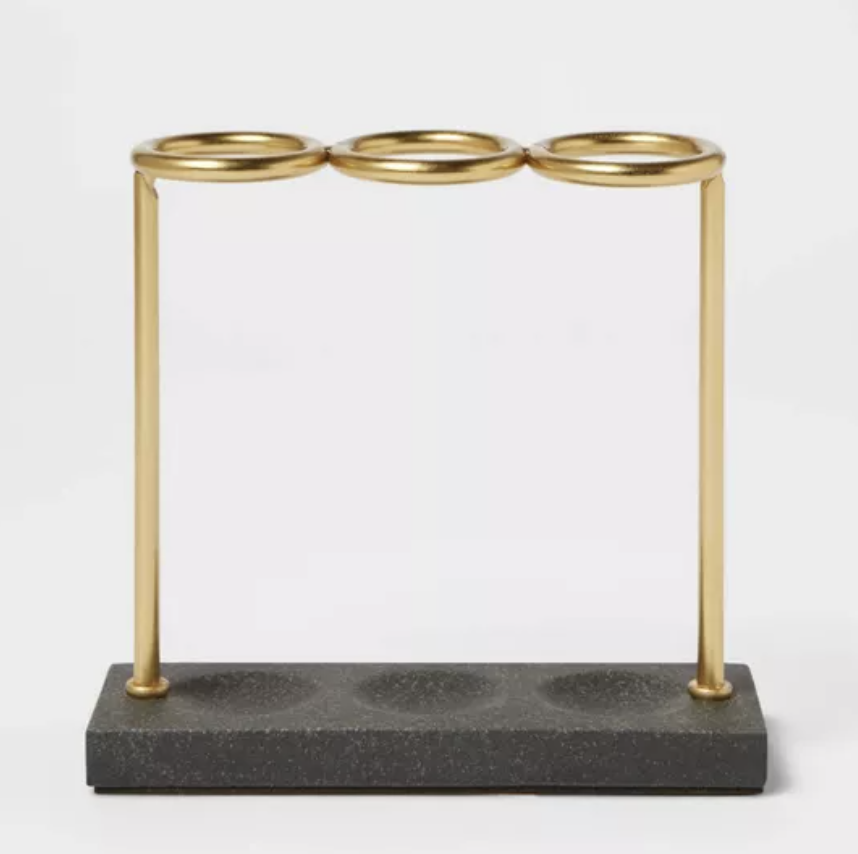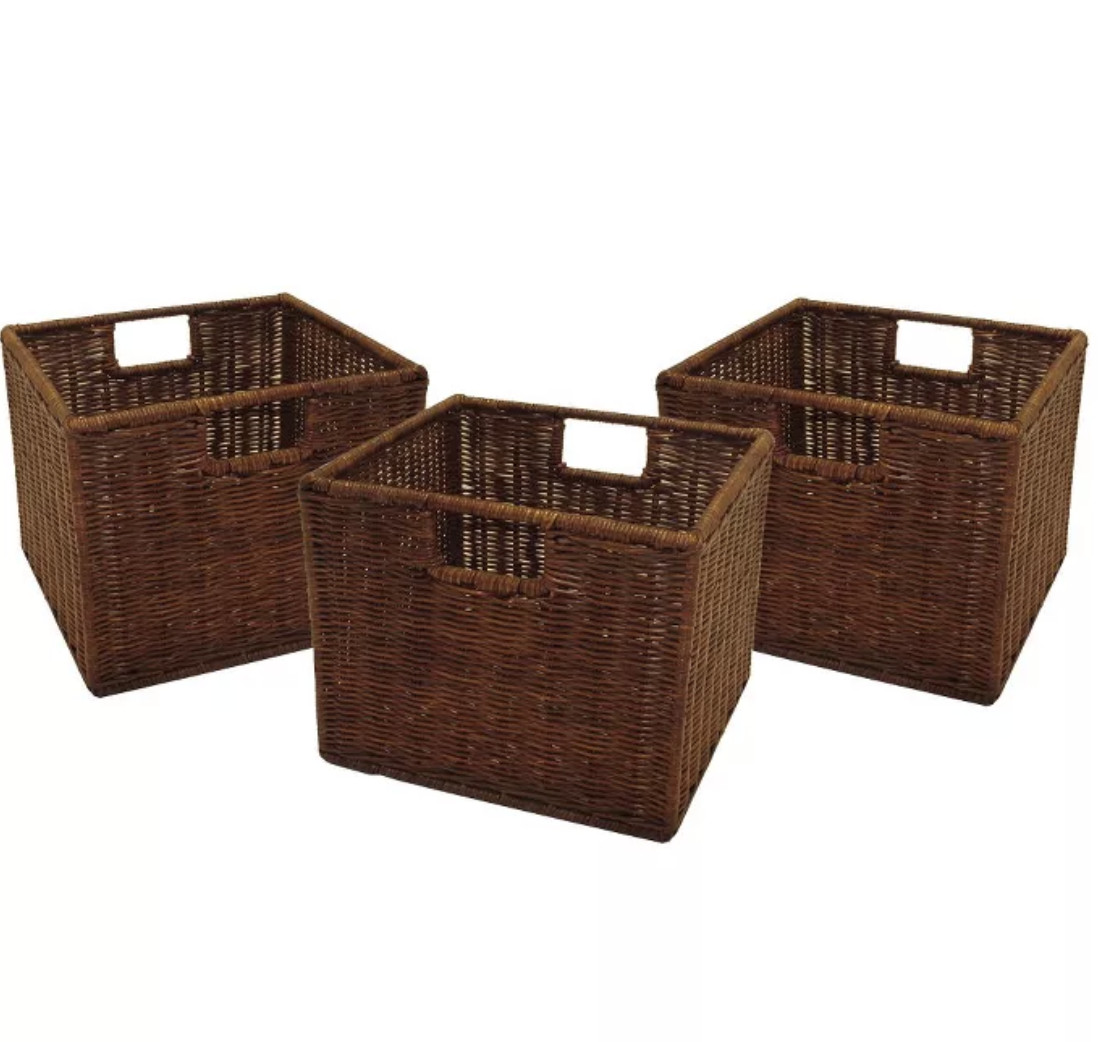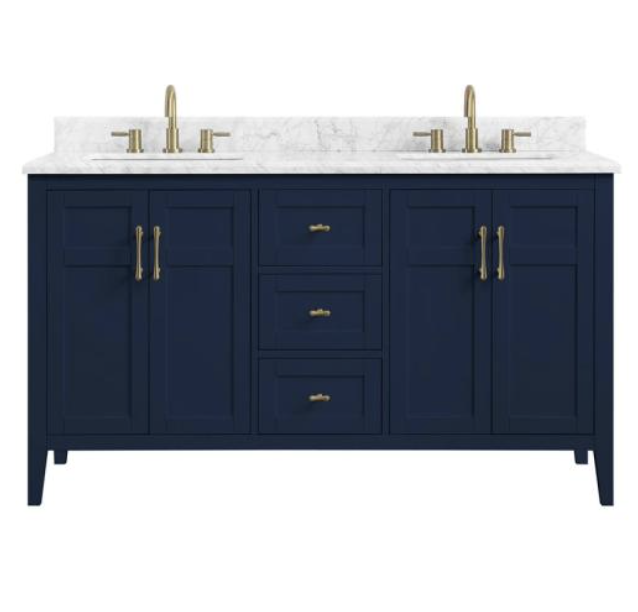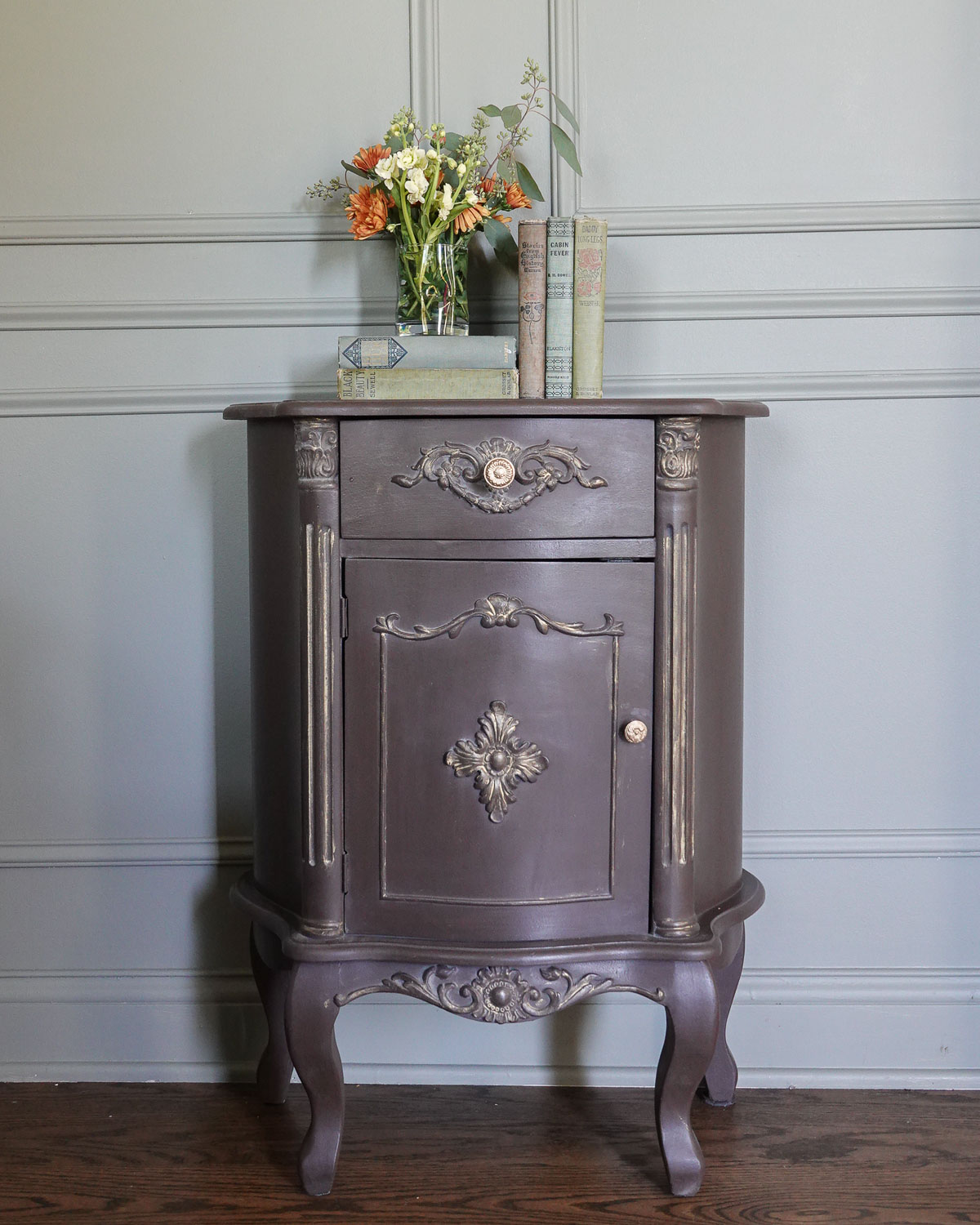
Today we’re talking about decorating with brown. Now before you decided to leave, brown is a hardworking neutral that works with just about every color. When used in the right environment, it can create a warm, stable feeling in any room.
This post contains some affiliate links for your convenience. Click here to read my full disclosure policy.
I partnered with Amy Howard Home to share their Color of the Month.
The Color of the Month Club is a monthly subscription where Color of the Month subscribers will receive a new color every month exclusive to the club. This month’s Color of the Month is Southern as Pecan Pie, and it is a dark chocolate brown which is perfect for fall – which is why we are talking about decorating with brown!
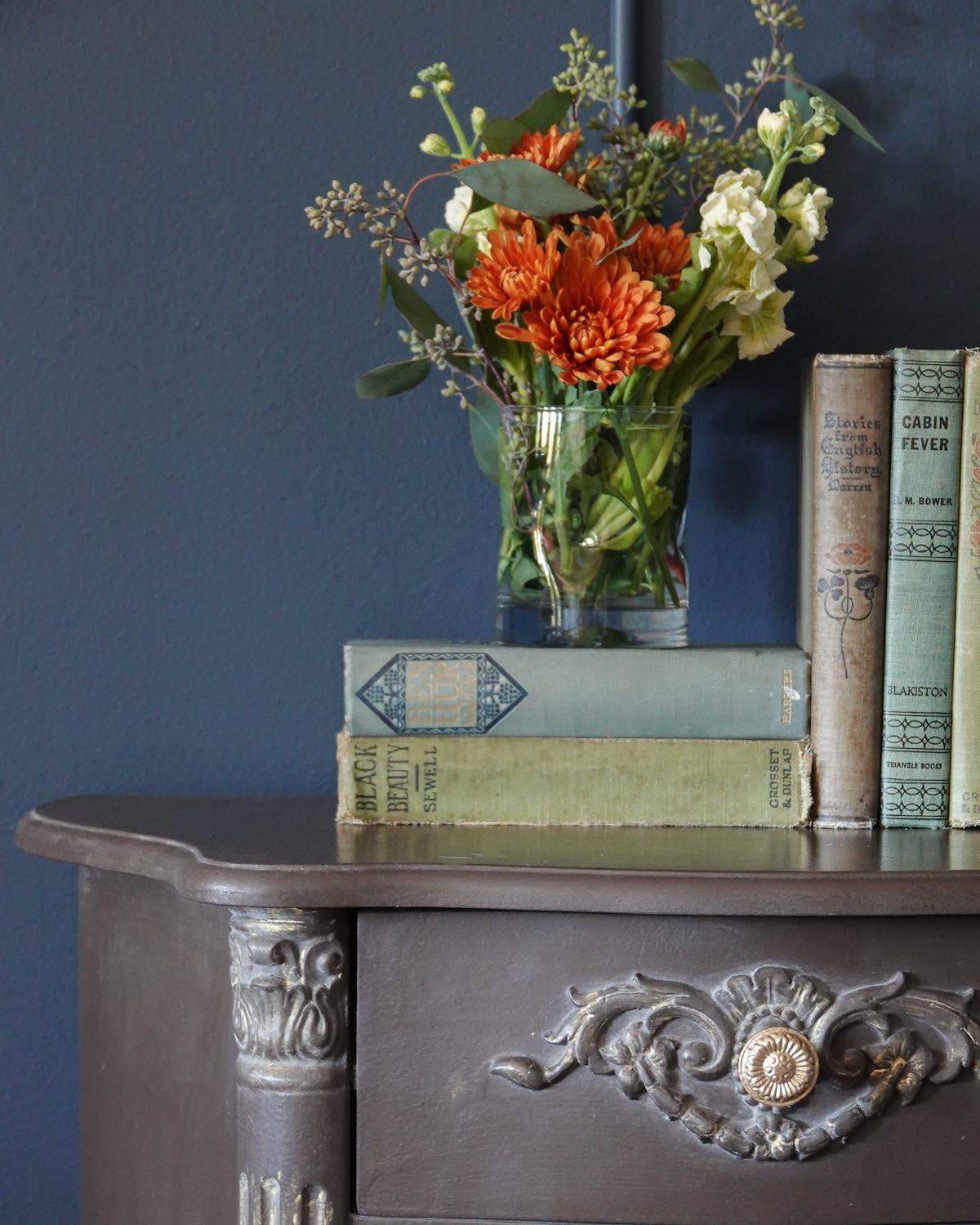
An excess of brown can create a dark, heavy feel in your space which is why it’s important to integrate shades of brown into a color palette with colors and shades that complement it. It’s all about knowing the colors that go with brown, and the best ways to incorporate them.
The Color Theory Behind Brown
Despite all of these meanings and uses, you won’t find brown on the color wheel or in the rainbow. It’s a composite color made by combining usually 3 other colors (black, red, and yellow for example, or red, yellow, and blue in certain ratios). Together with low brightness or low saturation, we get brown, instead of a clear shade of another color. Its composite nature makes it a natural background color, and you can find a shade of brown to complement any other color well.
Brown is the color of earth, wood, stone, wholesomeness, reliability, elegance, security, healing, home, grounding, foundations, stability, warmth, and honesty, is a natural, neutral color that is typically associated with the seasons of fall and winter. It is a warm color that stimulates the appetite. While it is sometimes considered dull, it also represents steadfastness, simplicity, friendliness, dependability, and health.
Brown is believed to help create a wholesome feeling, a connection with the earth, and a sense of orderliness and convention. Brown is a stable and grounded color that is known to make people feel safe and comfortable.
Brown & White
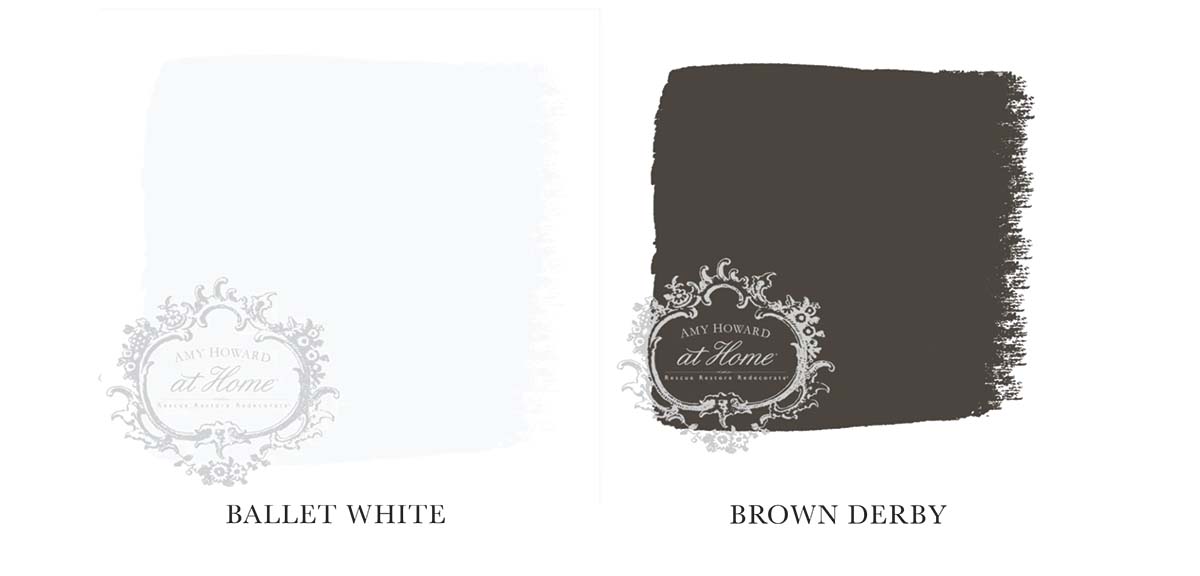
White goes with just about every color, and brown is no exception to that rule. Pairing any shade of brown with a white will give you a classic and clean contrast that works well in a room like a formal dining room or living room. If white and brown are your two main colors in any room, make sure you vary the shades to keep it interesting and from being too monochromatic.
Brown & Orange
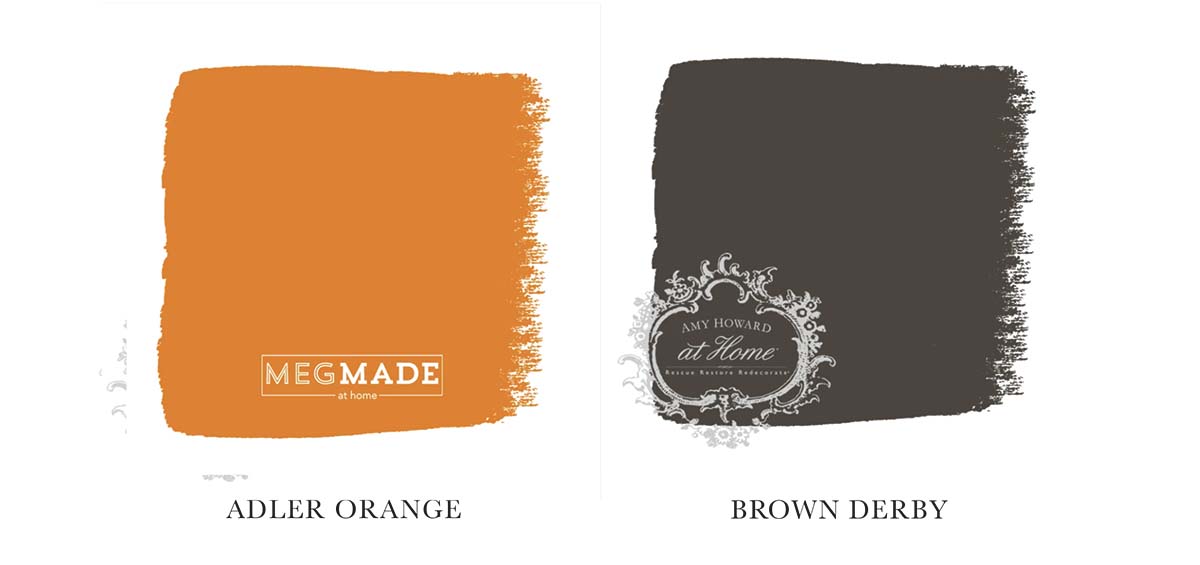
Since brown and orange are such similar colors you might shy away from pairing them together – but don’t! When placed in a primarily brown space, orange accents will serve as the perfect energizer for the room. A pop of orange in a brown room is very sophisticated and glamorous, especially against darker woods. For a more warm, sophisticated color scheme, you can try pairing a dark chocolate background with orange and cream accents.
Brown & Green
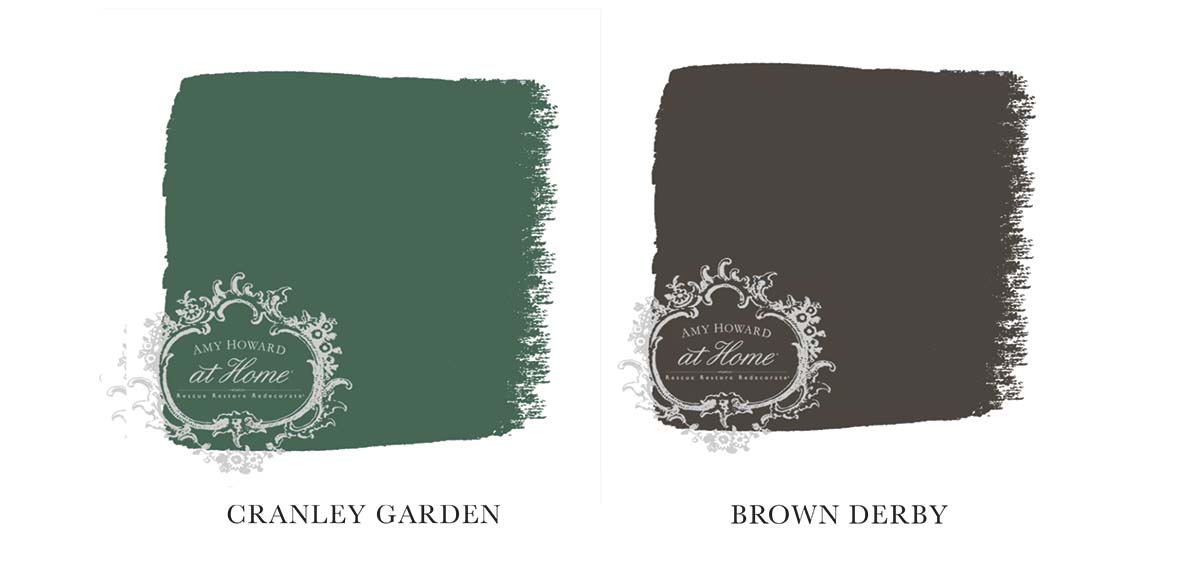
Brown is a color perceived as natural and neutral so pairing it with green plays just makes sense. Lighter shades of green like mint soften the darker furniture in a room. Using darker shades of green paired with dark brown accents or wooden furniture creates a darker, moody vibe that would work for a den or office space. There are few combinations of green and brown that wouldn’t compliment each other thanks to the two colors being natural in nature.
Brown & Yellow
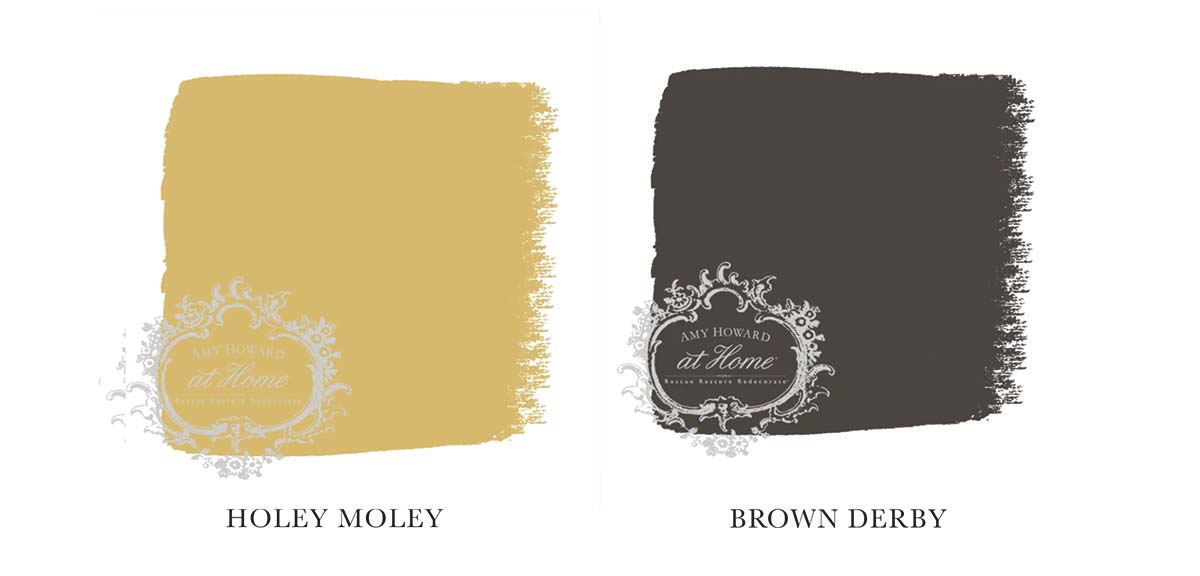
Consider pairing yellow with brown. Pairing brown with yellow creates a contemporary vibe in a bedroom or sitting room. Using the 60-30-10 rule would work well when pairing yellow and brown. 60% of the room should be a neutral shade such as white, with 30% of the room decorated in various shades of brown, while 10% is reserved for yellow accents.
Brown & Purple
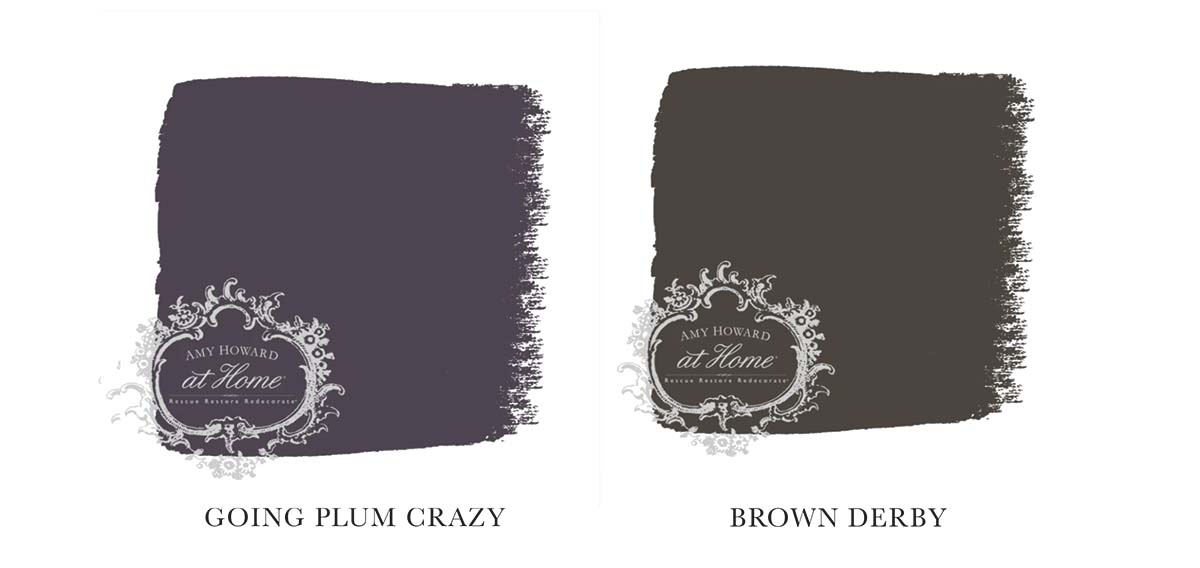
A more unexpected pairing is brown and purple. Deeper shades of purples and browns can make larger spaces feel warm and rich. When pairing purple and brown, always focus on the opposites. Darker woods like walnut pair well with pastel purples, and lighter brown woods pair well with deep shades of purple like plum or bright shades like amethyst. Brown and purple work very well in a room with gold accents and the colors can create a cozy, moody, and luxurious space.
Brown & Blue
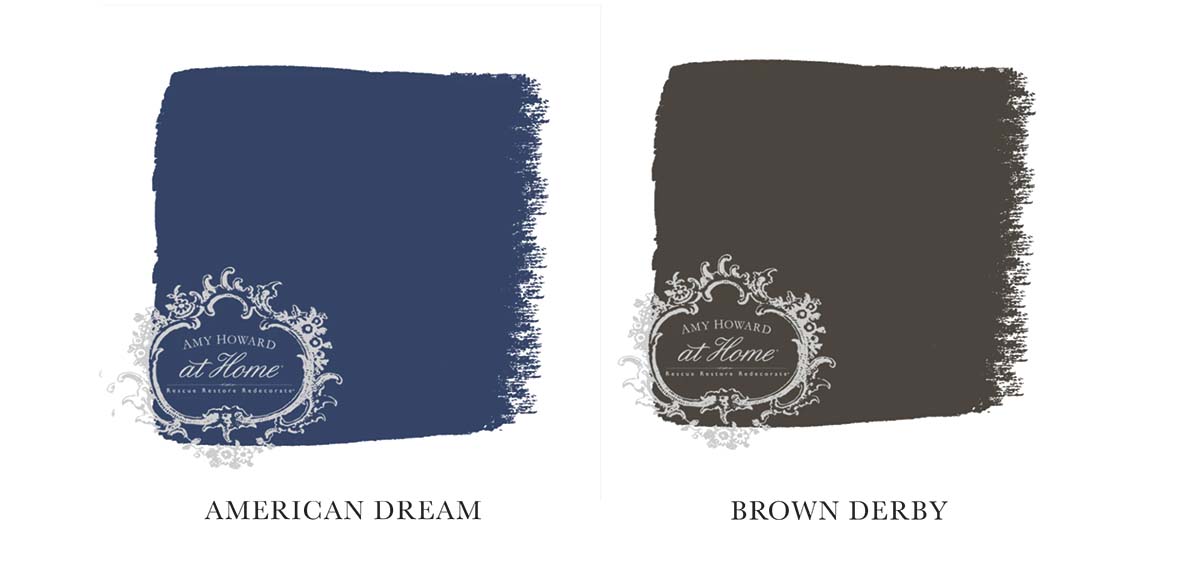
You won’t find brown on the traditional color wheel, but since its closest shade is orange, blues is an obvious complementary color for brown. Combining blue and brown tones can make a relaxing environment. Brown paired with dark navy blue makes a room feel refined with the dark colors, whereas pale blue paired with beige or a lighter wood creates a more serene environment. The cool tones in shades of blue mix well with the warm browns of darker wooden furniture without leaving the room feeling too dark or heavy.
Brown & Pink
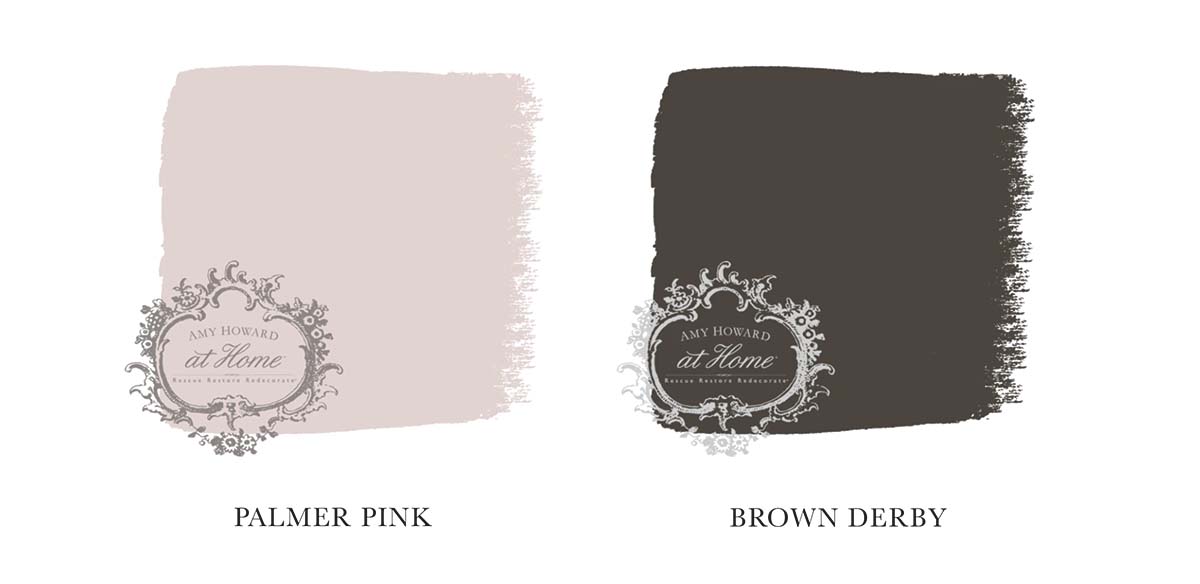
Brown and pink may be an unlikely pair, but they work really well together. Pairing brown with shades like rose or fuchsia creates a feminine space without overdoing it. If you’re going ahead with a pink room, the natural order would be to start with a brown base and brown or wooden furniture, using shades of pink as your accents in things like pillows, curtains, or artwork.
Brown & Black
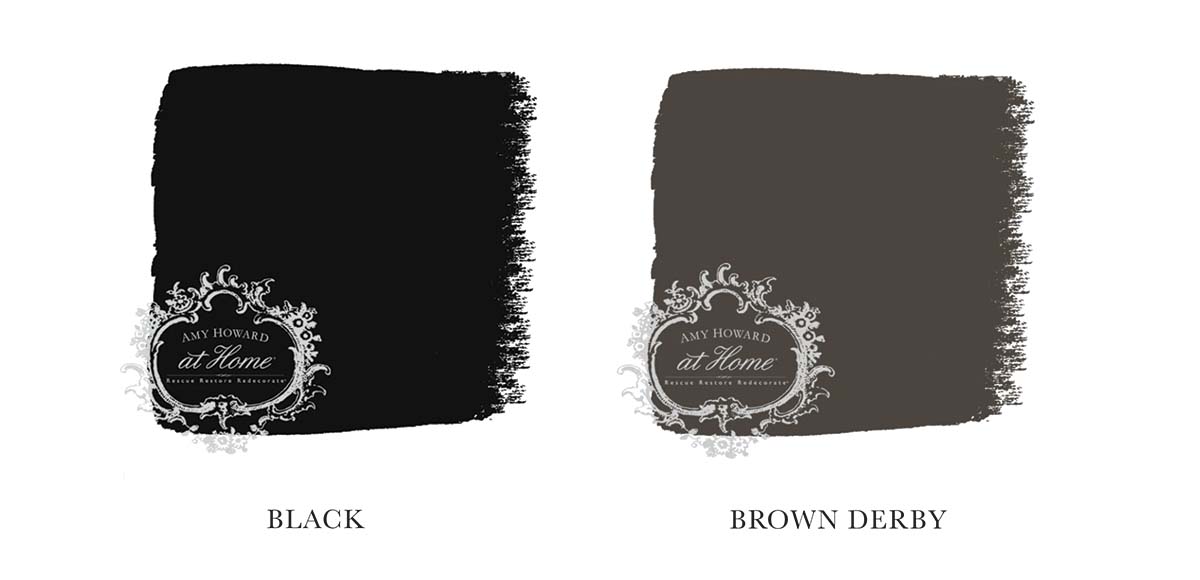
Brown and black are neutrals that work well together and create a classic color palette in any room. When using black as one of your main colors, you must make sure to balance it well. Lighter shades of brown work better so the room doesn’t appear too dark. In spaces with black furniture, brown accents can add depth and interest to the room, while black can create drama against brown furniture.
Brown & Red
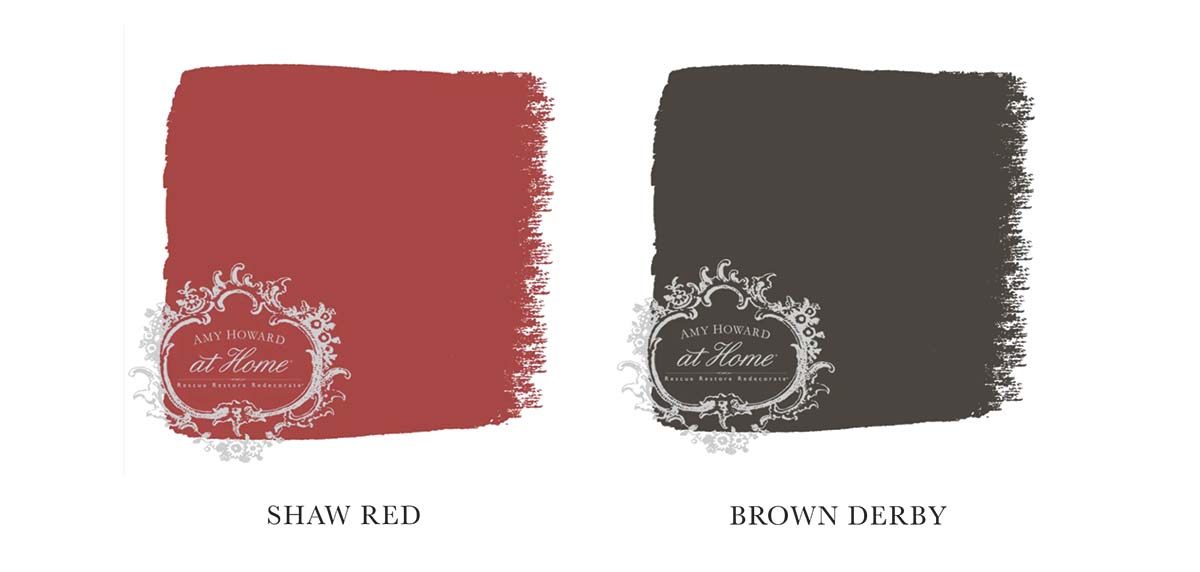
When it comes to pairing brown with red, it’s all about the shade of red that you choose. A room such as a home library or study might call for a moody color palette centered around darker hues of red, whereas a clean, modern bedroom can benefit from a pop of color in the form of a bright red throw blanket or reading chair.
The color brown is a wonderful neutral that can both carry or accent a room design. From deep rich chocolate to soft, muted taupe, brown is the great equalizer and goes with everything.
If you want to see more info on the color of the month club or purchase any of the specific paint colors I mentioned, go to Amy Howard Home.
Go create something!

Are you new to my blog? Go HERE to see my home tour and HERE to shop for items I use in our home.
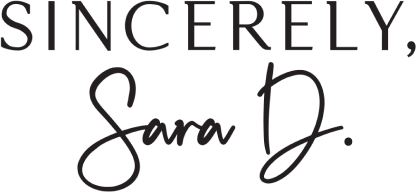
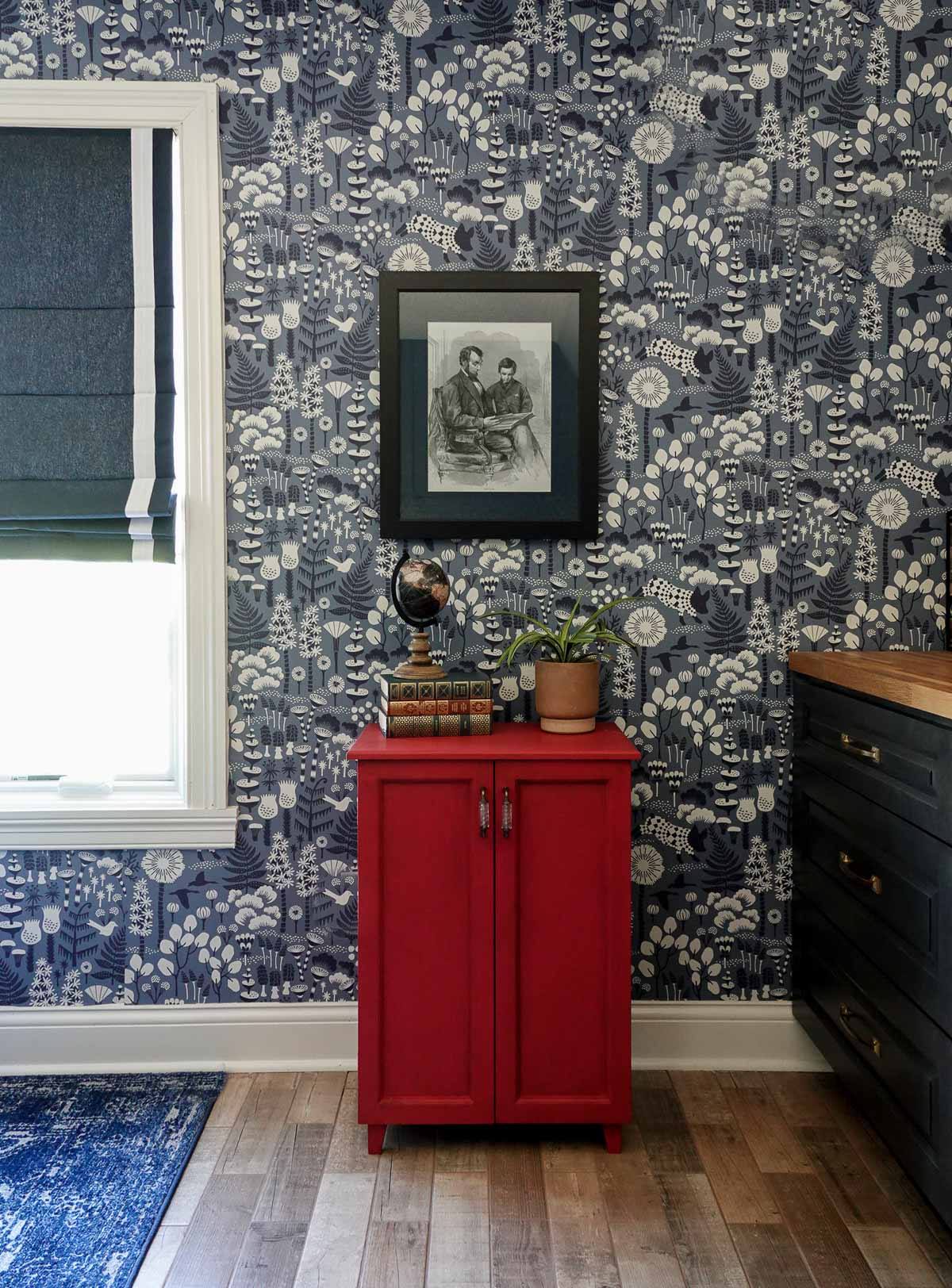
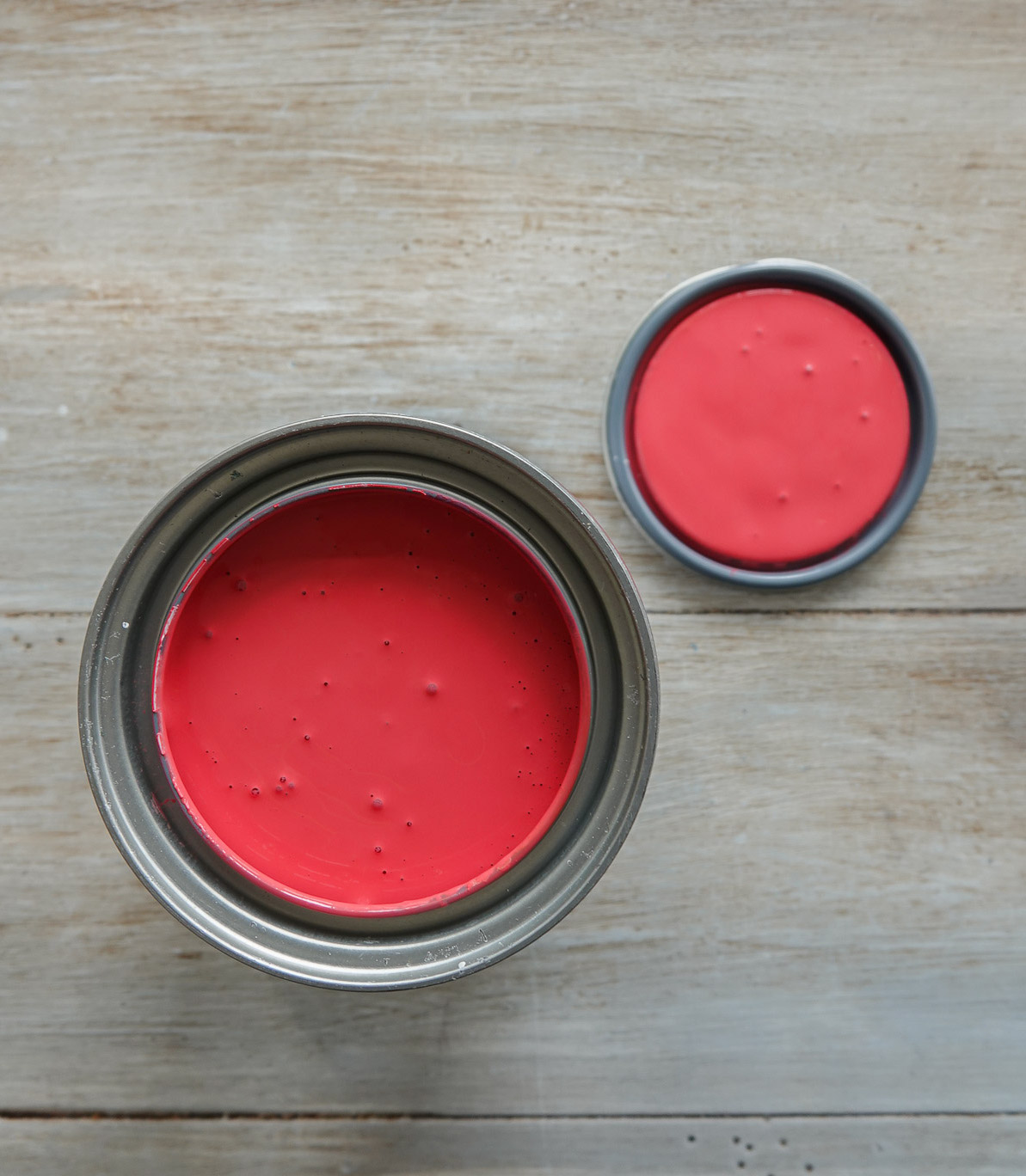
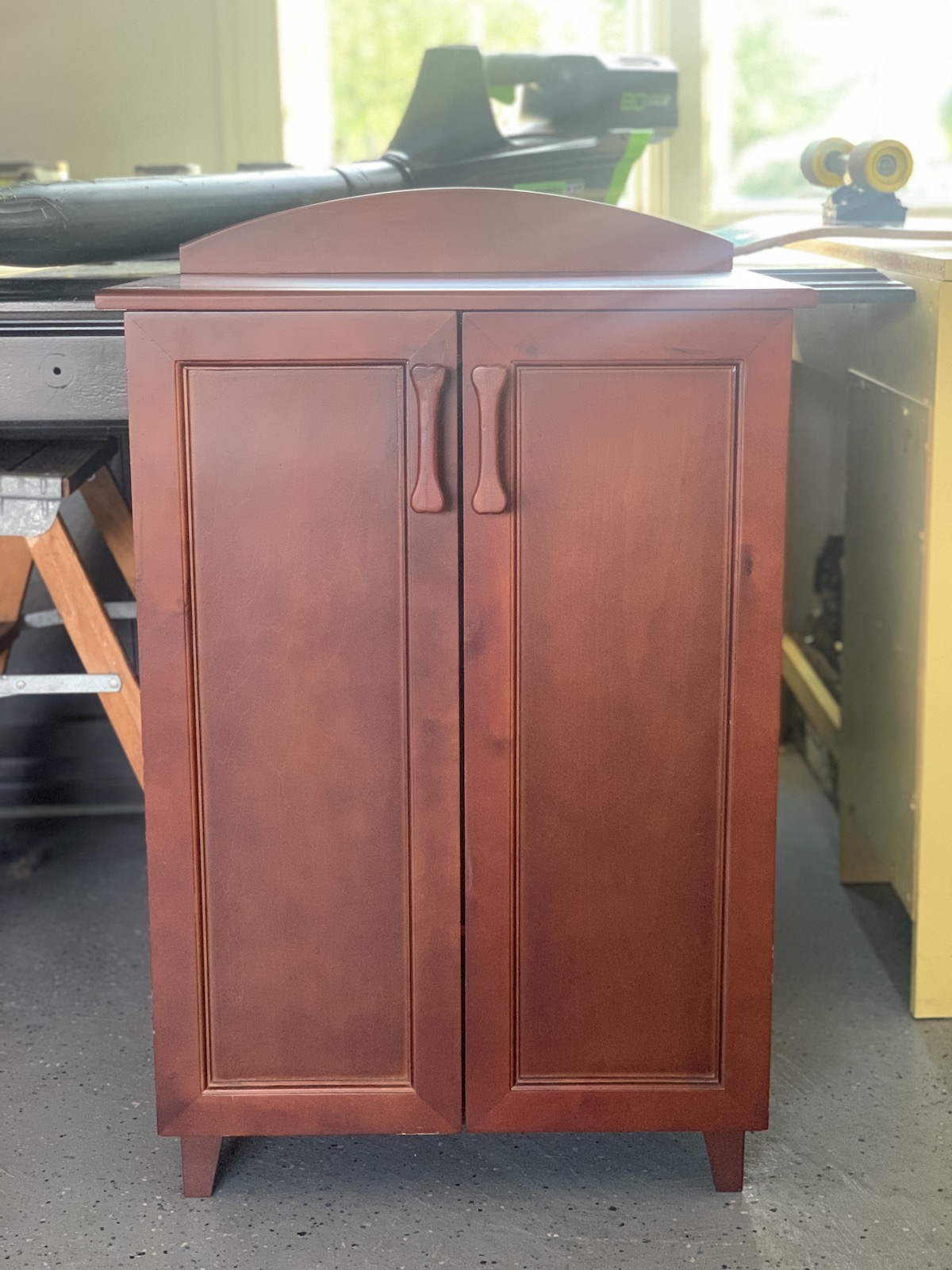

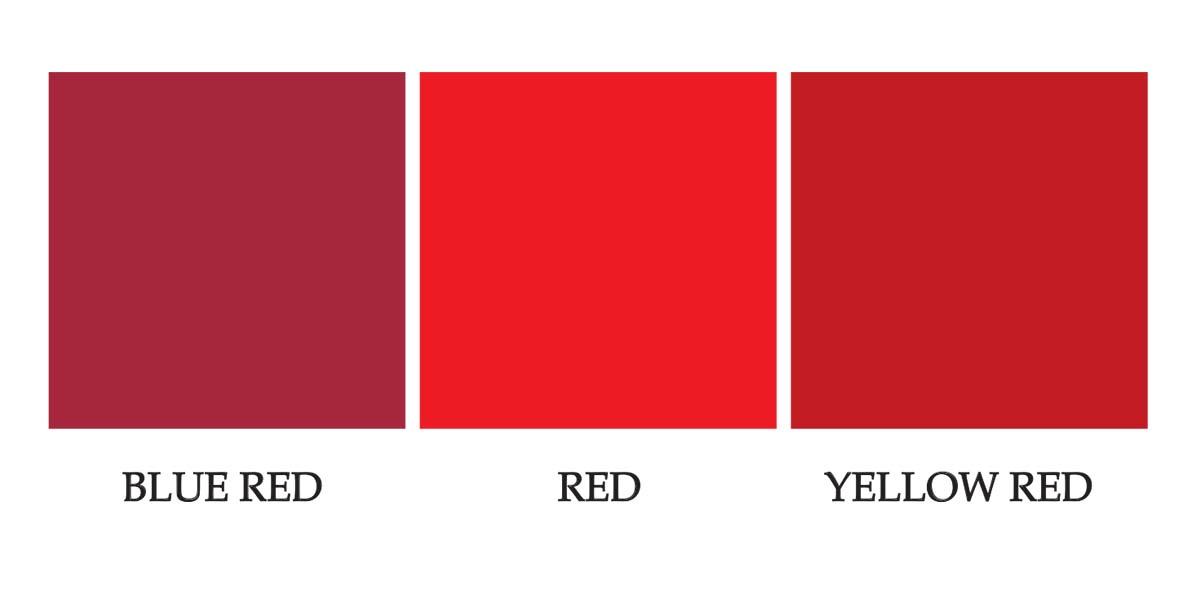

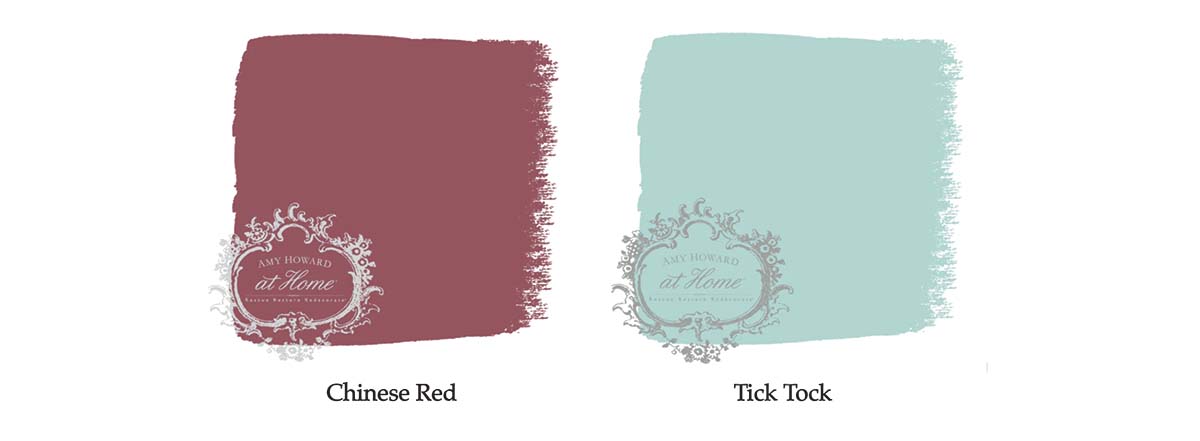
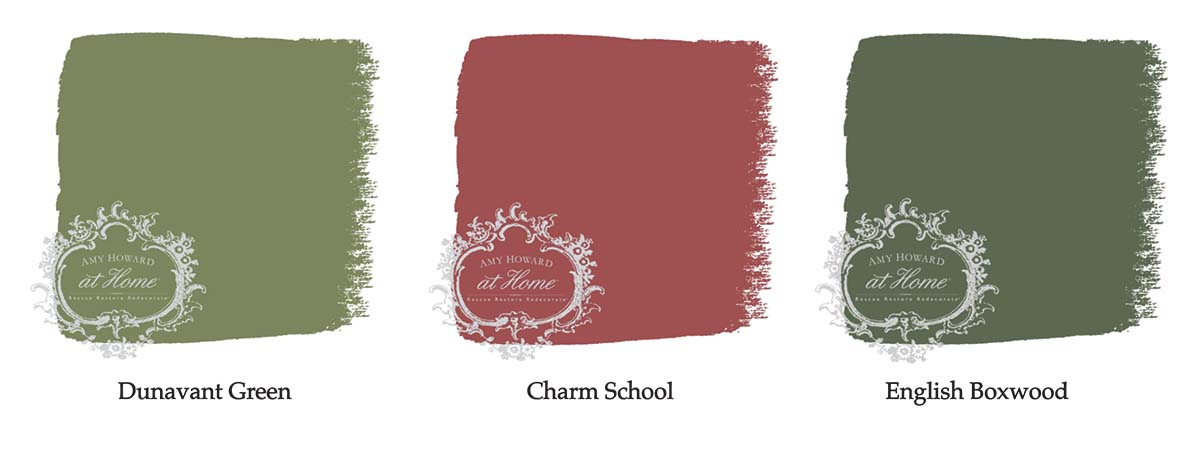
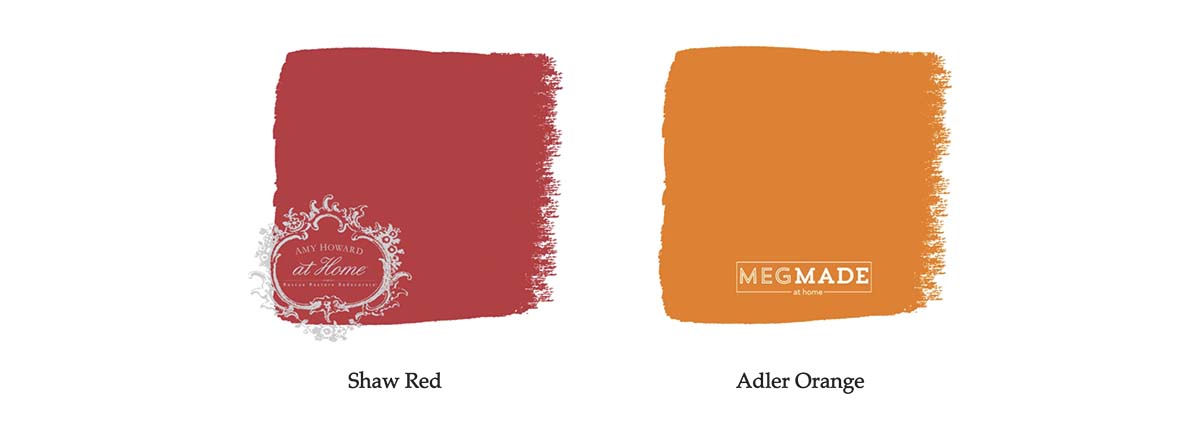
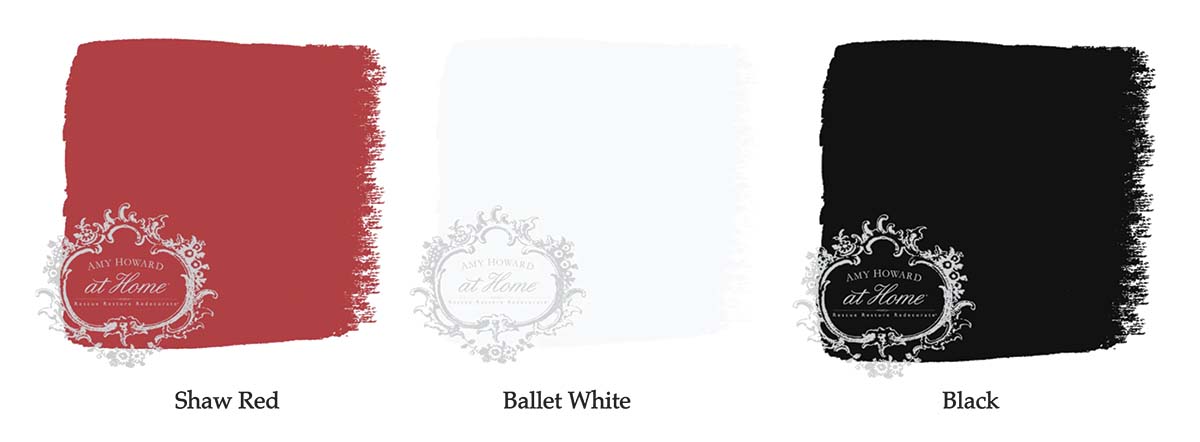
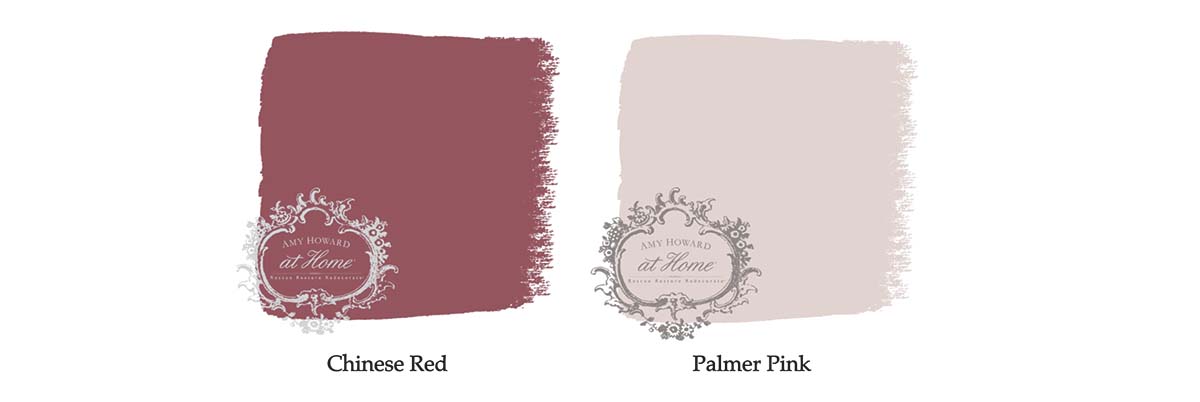
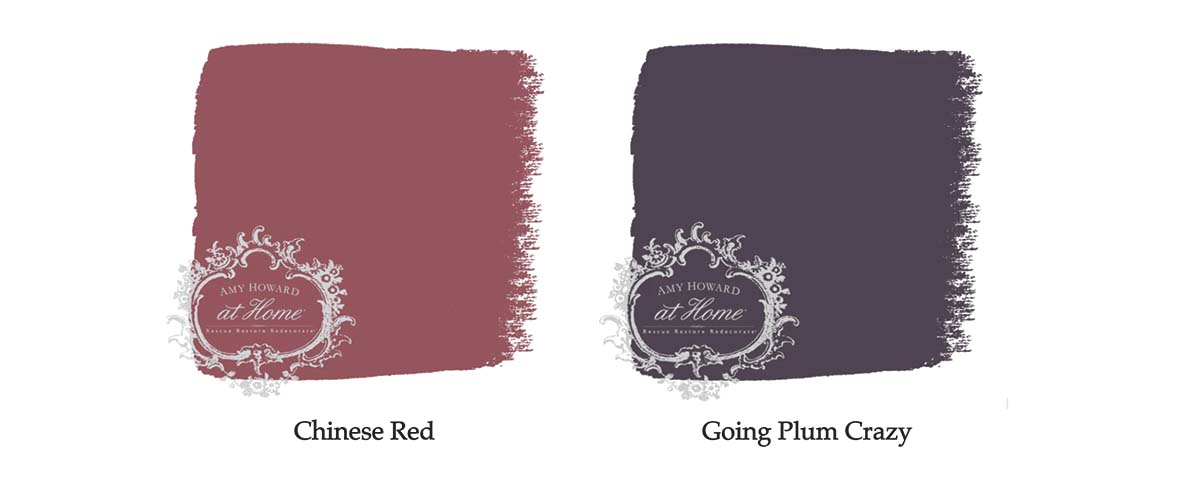
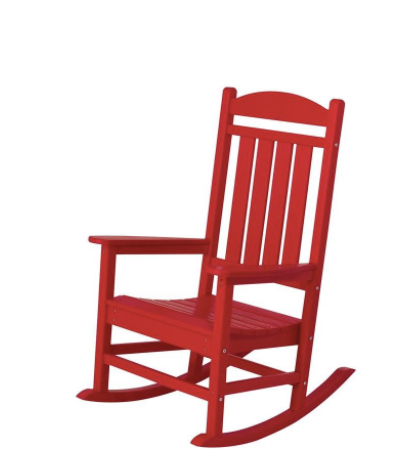
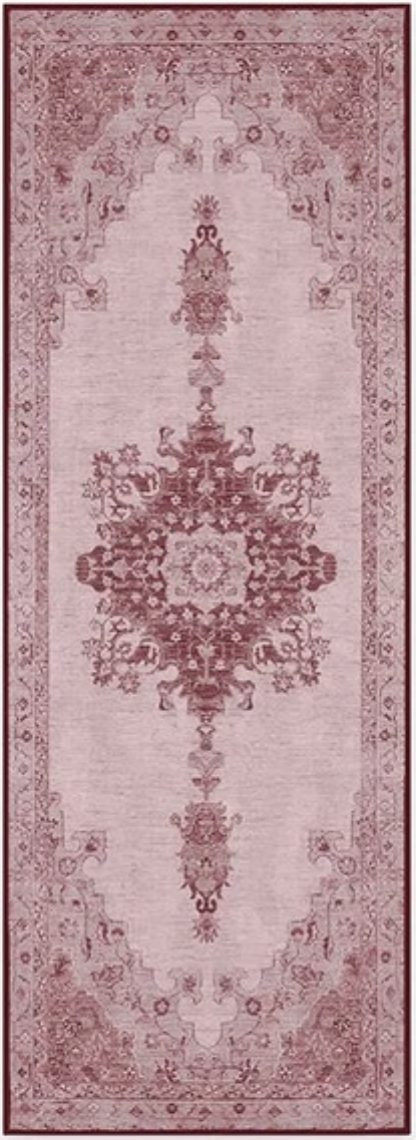
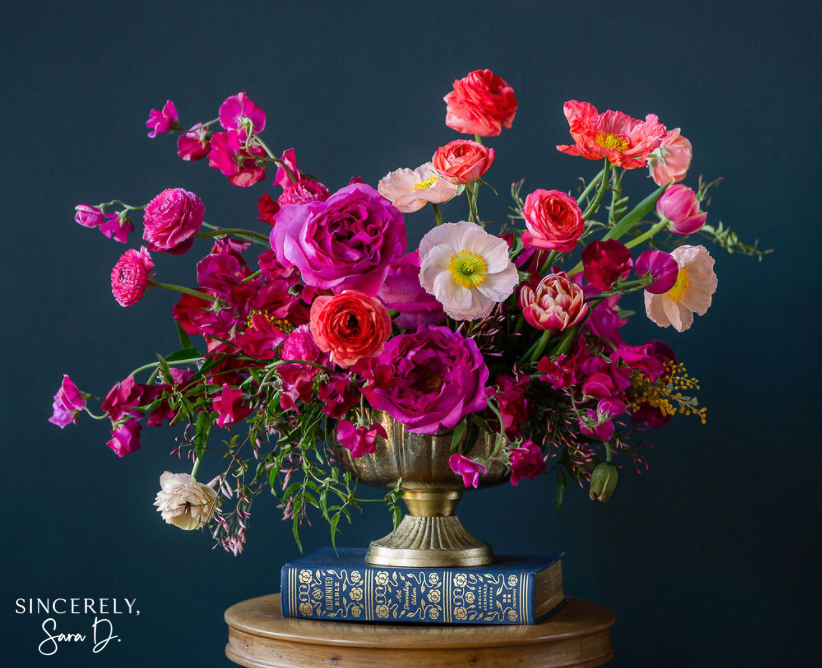
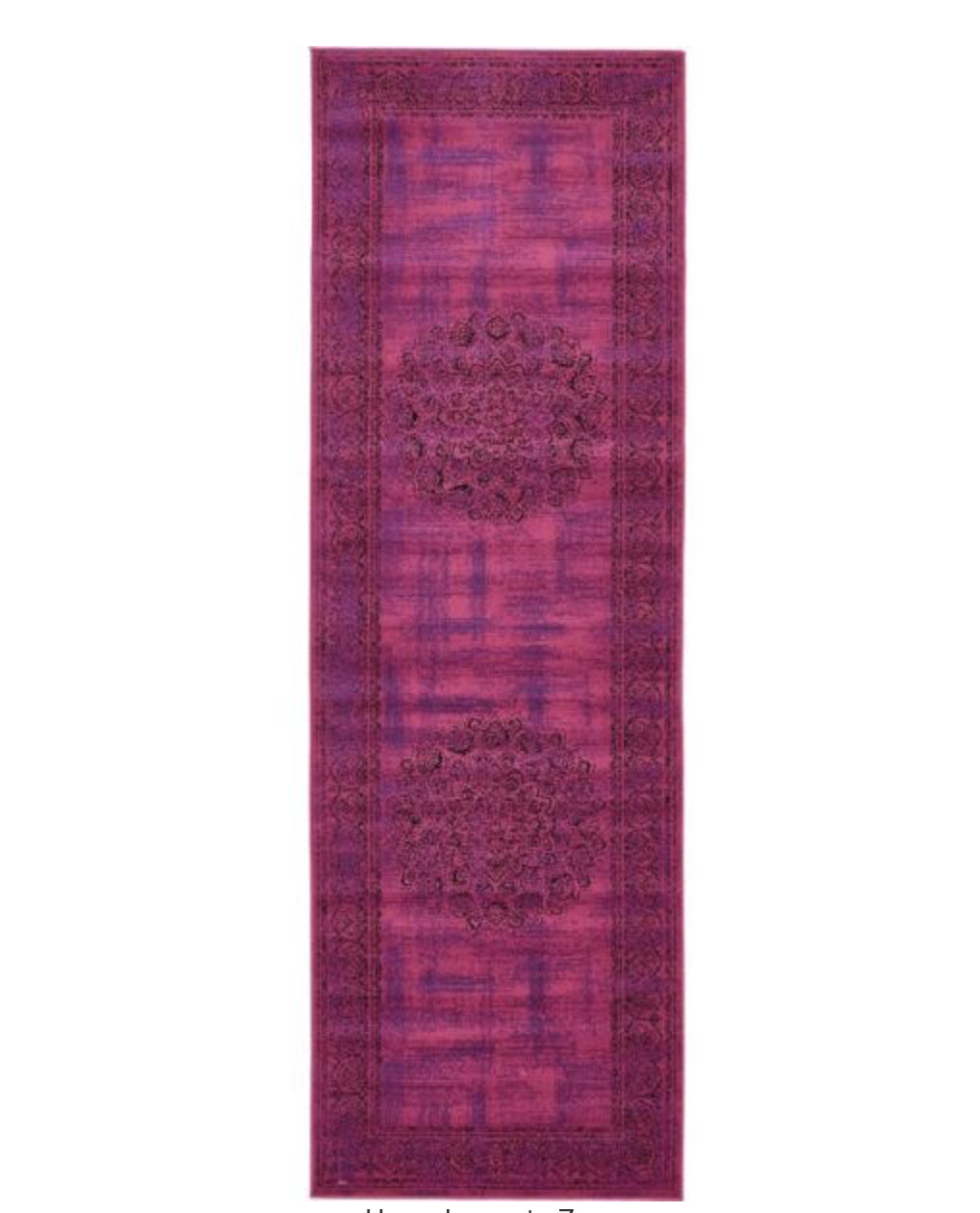
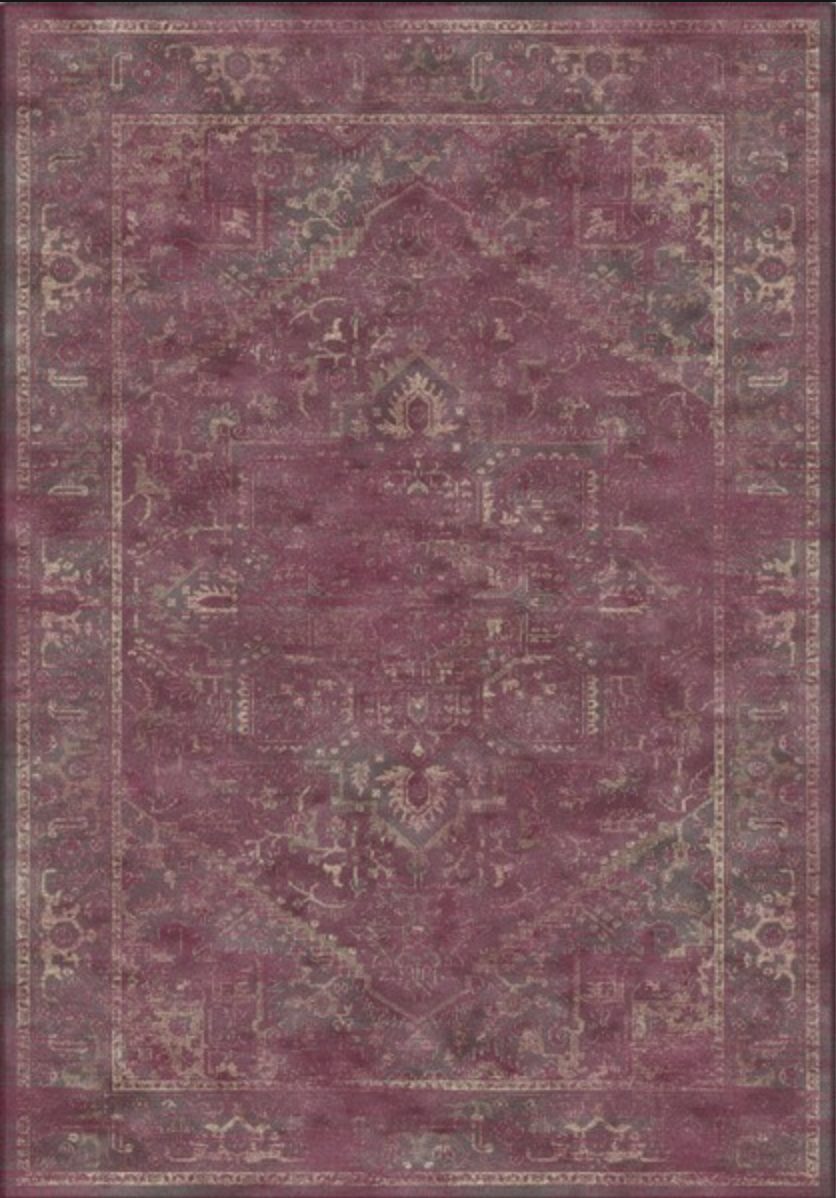
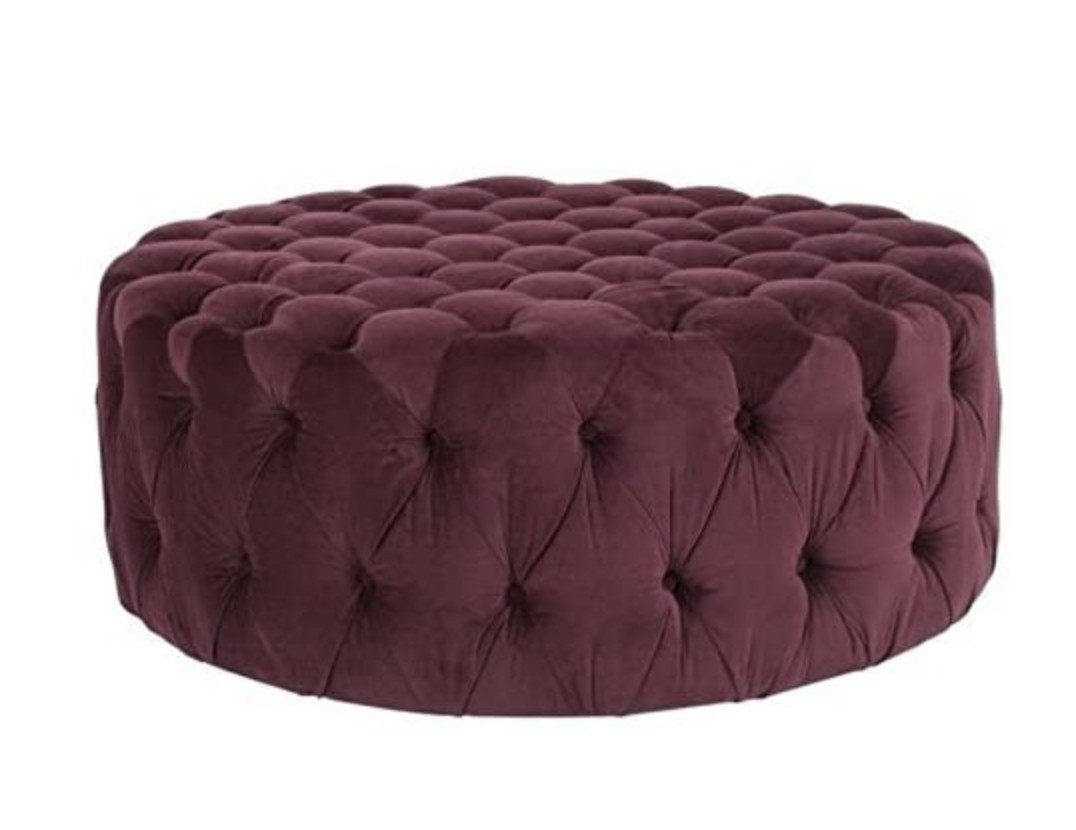











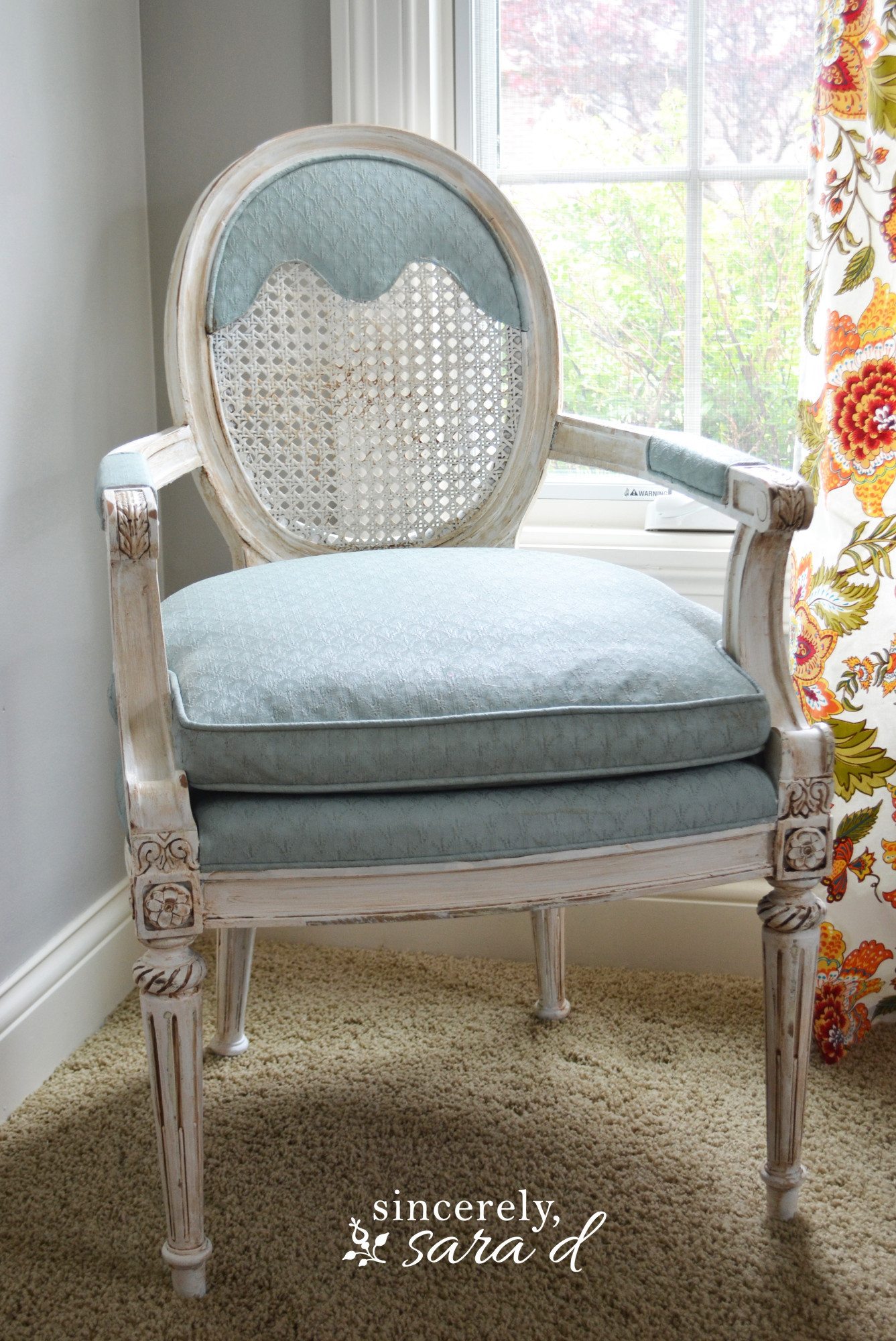



 To paint my cabinets, I used a chalk-type paint from Amy Howard at Home. I love this paint because it eliminates the need for sanding or priming. There is no prep work! Here’s what is needed:
To paint my cabinets, I used a chalk-type paint from Amy Howard at Home. I love this paint because it eliminates the need for sanding or priming. There is no prep work! Here’s what is needed:

 Now it is time to paint!
Now it is time to paint! Begin with a brush to get all the areas the foam roller will not reach.
Begin with a brush to get all the areas the foam roller will not reach. After the hard-to-reach areas are done, add a coat of paint to everything with the foam roller.
After the hard-to-reach areas are done, add a coat of paint to everything with the foam roller. Once the first coat of paint is dry, give everything a second coat.
Once the first coat of paint is dry, give everything a second coat.






















